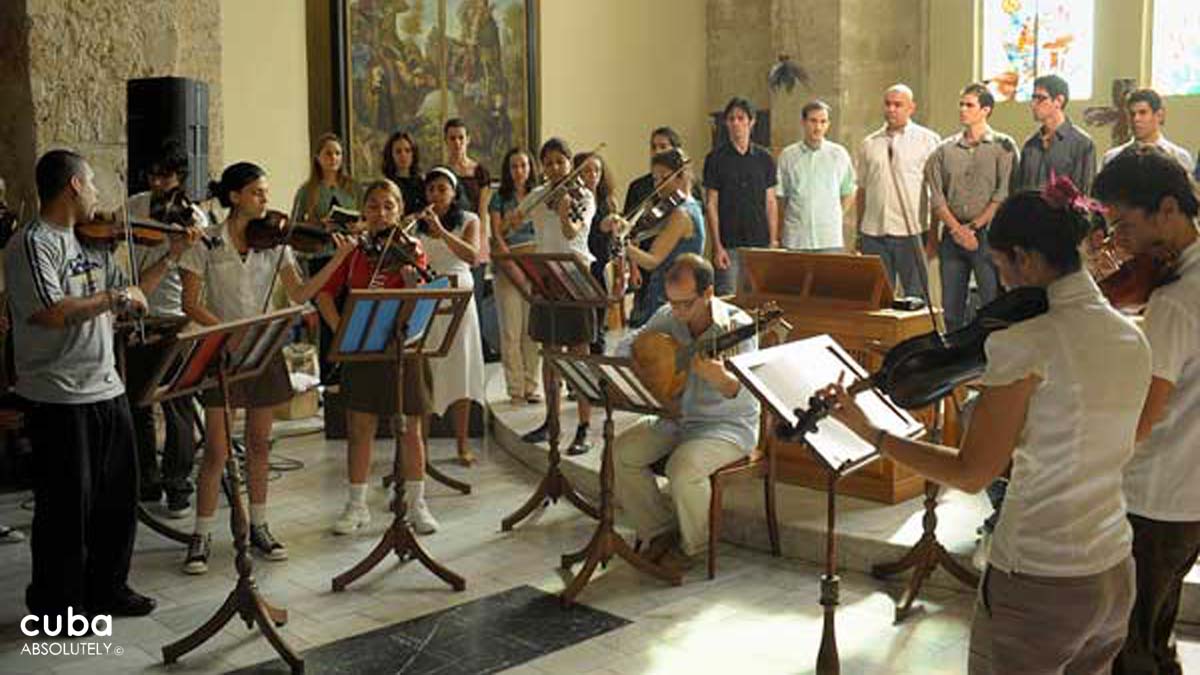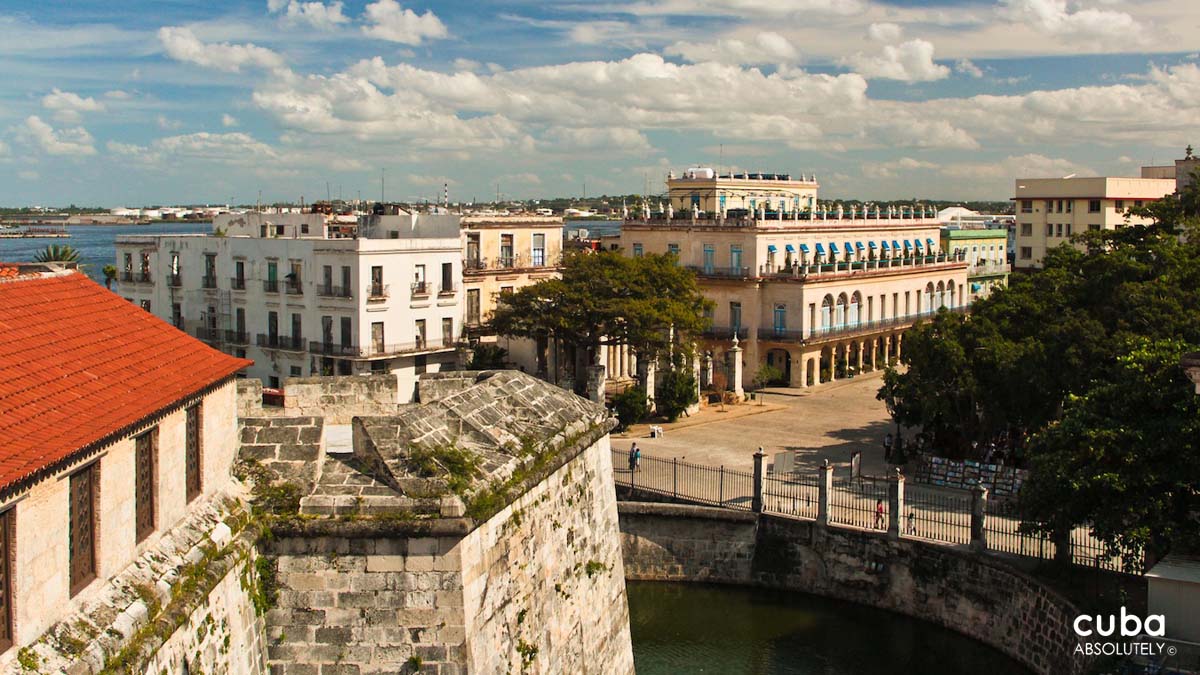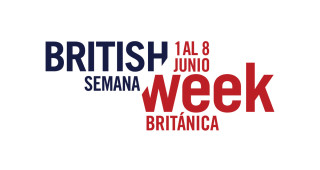Havana, November 15, 2010. Hundreds of people wait at the door of the former Palace of the Captains General, today Museum of the City, for a curious procession to begin. The motley crowd is composed of smiling youths and solemn elderly people, couples with their children and grandparents with their grandchildren, lovers and lonely hearts. Many are wearing their everyday clothes; others, their Sunday best and even new clothes for the occasion.
It’s 6 o’clock and the chimes of the bells from the Castillo de La Real Fuerza announce that the ceremony is about to start. Preceded by children from nearby schools who carry the silver maces that once belonged to the council of Havana, and accompanied by a group of his collaborators, Eusebio Leal Spengler, Historian of the City of Havana, exits the Palace of the Captains General. Someone cries: “Here comes Leal!” and the people who have been waiting hours for this moment quickly join the procession and walk across Plaza de Armas to the Templete.
The Templete is a small neo-classical building constructed in the early 19th century to commemorate the first mass and council held in the town of San Cristóbal de La Habana (the fifth one founded by the Spanish) on November 16, 1519.
Although Leal’s words are always received with pleasure, the crowd seems to be impatient. The historian, who for many years has headed the procession, has sensed this and is brief. He reminds his listeners that the actual founding of what is now the capital of the Republic of Cuba took place in 1514 to the south of the island in Batabanó. Commenting on the fact that Havana will commemorate its half millennium in a few years, Leal said: “I sincerely hope that all of us may be here in 2019 to celebrate Havana’s 500th anniversary. But now let us rejoice that we are here today celebrating the relocation of that initial camp to the south which was transformed into a town and became San Cristóbal de La Habana.”
He also commented on the custom of walking three times around the ceiba tree that is planted at the entrance of the Templete: “Someone asked me once to explain why we walk around the ceiba, as if poetry, which is the spice of life, could be explained. Yes, it is essential that we walk around the tree and, in that spiral, ask time to stretch out its hand…and know that the future can be only approached from the past.”
At the mere mention of the ceiba, which recalls the tree that existed back in the 16th century and under whose shade the first mass was held, a stir took hold of the long line of people, sensing that the time was near for the procession round the tree to begin. Indeed, a few minutes later, Leal himself walked three times round the tree throwing a coin on every turn. Then, the historian invited the public to follow suit and the ritual began and continued all night and into the morning of the 16th.
Although according to tradition, waiting in line must be done in absolute silence and is not wholesome to make known what you are going to ask the tree for, it is almost impossible for a Cuban to keep quiet so long, and pretty soon you can hear absolute strangers telling each other their reasons for coming this night to Old Havana: cures for illnesses, happy endings to unrequited loves, prosperity for newly started businesses, the solution to lengthy immigration procedures, success in infertility treatments, good results in university entrance examinations, finding prince charming…. Those with a more pragmatic approach to life simply ask what the Spaniards sum up as “health and wealth.”
The details of the ritual have never been really established. No one can say for sure if you only ask for one wish or a different one with every turn; if you throw a coin every time you go round the tree or only one coin or several at the end. The two currencies in Cuba also pose new concerns. What will be most effective, an offering in the domestic currency or in convertible pesos? Others are suspicious about the destination of the money left under the tree or inserted in the tree trunk and the well-known answer is that it is used for social works in Old Havana.
So, amidst, conversations, questions and suspicions, the hours go by and with the break of day, the line begins to grow with workers before they head off to their jobs in schools, banks, stores, offices…. They also wish to dedicate some time and make a wish at the ceiba of good fortune.











